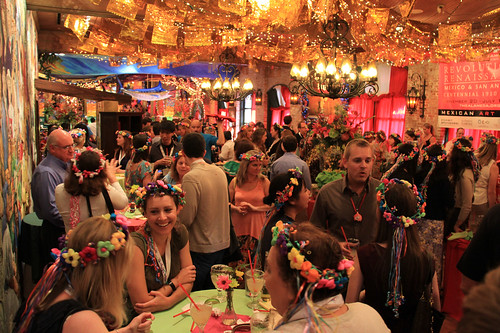This was the clear message from National Geographic Traveler’s Keith Bellows to attendees at the Public Relations Society of America’s Travel and Tourism Section national conference two weeks ago.
This is a hard message to hear for destination “cheerleaders,” those who make their livelihood from promoting destinations, attractions, transportation and hospitality.
Bellows has been a traveler for as long as he can remember and in his presentation, he noted that, of all the childhood destinations he has returned to as an adult that “none are as remotely pristine as I remember them.”
While his presentation was geared toward presenting the principles of geotourism, Bellows’ key points included more of a mournful look at what successful tourism has done for OR to many of the world’s key destinations.
With stunning images that could only come from the collective eyes of National Geographic photographers, Bellows recounted many destinations which are in peril or “under siege” as he explained. Notable examples include Venice, which is sinking at a rapid rate; Easter Island, which is threatened with overdevelopment; the pyramids of Egypt, which are crumbling from traffic and pollution; and the Great Wall of China, which may soon be interrupted by transmission cables.
However, not all the news is bad. Bellows, who was visiting San Antonio for the first time, actually sounded sincere when he said he wished he had more time to spend here. While strolling the Riverwalk around his downtown hotel, he got a chance to experience first-hand our city and its culture.
“There’s a real sense of preserving what is there,” said Bellows. “The bones are here.”
This was high praise for our city and our sensibility. Bellows went on to say that tourism, when done correctly, sustains or enhances its environment. He also lauded Vermont, the Canadian Rockies and several other destinations for creating and maintaining experiences for travelers.
So what is the happy balance? Bellows pointed to several ideas that will assist the virtual traveler, the first of which started with his publication in a series called “50 Places of a Lifetime.” That list, and the accompanying online photo gallery are now available as an IPad app, which is getting great reviews from Wired, among others.
But what if you represent a destination and are truly concerned about managing future impact on your most visited places? Bellows offered several solutions.
- User Pays – Raise the price to manage the crowds. Using the Grand Canyon as an example, Bellows suggested that visitors might book two years ahead and pay $200 to view our national wonder.
- Multi-Generational Travel – Encouraging families and groups to travel together and learn from each other, celebrating the differences in culture and point of view. This is a concept that is much talked about in travel circles today.
- Curate Experiences – This is NOT about packages or specials, but speaks more to what Bellows calls “serving the essence of a destination.”
Finally, he warned tourism professionals that travel should be: culturally legitimate, tell stories of place and include a passion for preservation.
These are tall orders for tourism professionals today. But if we think long term, planning for the next generation, many of our best places will still be around for our grandchildren to enjoy.
Author’s Note: I was part of the SACVB team who organized logistics for this conference.
Photo Credit: PRSA Travel and Tourism Conference attendees enjoying a reception at San Antonio’s Mi Tierra Cafe by Shane Kyle

